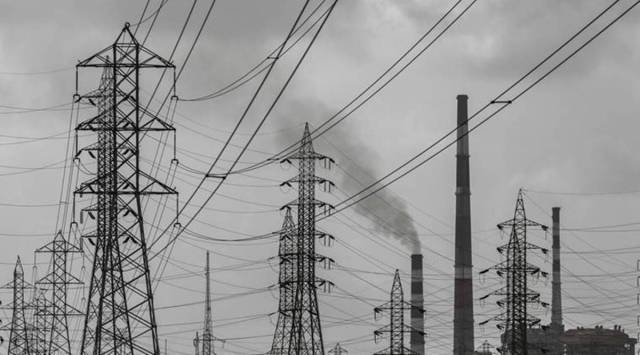Power Secy: Grants to discoms based on action plan progress, all states on board
Alok Kumar noted that power discoms in most states and union territories had submitted their reform plans under the Revamped Distribution Sector Scheme and the government was likely to sanction all plans that are in accordance with the scheme guidelines by the end of the fiscal.
 The previous discom reform scheme UDAY was unable to achieve its intended targets. Average AT&C losses at discoms only fell to 20.9 per cent in FY20 from 23.7 per cent in FY16 while the average ACS-ARR gap fell to Rs 0.3 per unit (kilowatt-hour) from Rs 0.48 per unit in the same period.
The previous discom reform scheme UDAY was unable to achieve its intended targets. Average AT&C losses at discoms only fell to 20.9 per cent in FY20 from 23.7 per cent in FY16 while the average ACS-ARR gap fell to Rs 0.3 per unit (kilowatt-hour) from Rs 0.48 per unit in the same period.All states are on board for the Centre’s Rs 3.03-lakh-crore discom reform scheme, Power Secretary Alok Kumar told The Indian Express, noting that the scheme had incorporated learnings from previous schemes aimed at reforming power distribution, which is often termed the weak link of India’s power sector.
Kumar noted that power distribution companies (discoms) in most states and union territories had submitted their reform plans under the Revamped Distribution Sector Scheme (RDSS) and the government was likely to sanction all plans that are in accordance with the scheme guidelines by the end of the fiscal. The RDSS aims to reduce the aggregate technical & commercial (AT&C) losses across discoms to 12-15 per cent and to reduce the gap between average cost of power supply and average revenue realised to zero by FY25. The targets for the RDSS are largely the same as the targets under the Ujwal Discom Assurance Yojana (UDAY), that was launched by the NDA government in 2016.
“We feel this scheme has internalised all the learnings from the past schemes and we should get very good results,” Kumar said, adding that the scheme offered flexibility to discoms to create their own action plans. The Power Secretary said that while data from discom performance under previous schemes came with a two-year lag, the RDSS requires disoms to submit audited figures on their performance every year before they get further grants.
“… in earlier schemes, the disincentives or incentives were post-dated. That means after the schemes, if you reduce losses you will convert your loan to a grant or we’ll give you some incentives; but this (scheme) is concurrent. Every year, they (discoms) have to achieve progress on the action plan, they have to completely meet the pre-qualification condition. Only then they will get the grant for that year…”, Kumar noted.
The previous discom reform scheme UDAY was unable to achieve its intended targets. Average AT&C losses at discoms only fell to 20.9 per cent in FY20 from 23.7 per cent in FY16 while the average ACS-ARR gap fell to Rs 0.3 per unit (kilowatt-hour) from Rs 0.48 per unit in the same period.
Rating agency Icra has estimated losses of about Rs 90,000 crore for the discom sector in FY21. However, the Centre has called the estimate grossly overinflated but has not provided its own estimate for losses in the fiscal.
Inadequate revision of tariffs by state discoms and high dues to discoms from states for the power used by state departments and subsidies are key causes of cash flow issues faced by discoms. Poor billing and collection performance are also some issues discoms face.
Kumar said that the issues of timely revision of electricity tariffs and payment of subsidies and dues by state governments were pre-qualification conditions under the RDSS, and that the Centre was going to emphasise prepaid smart metering to address issues of billing and collection in the power distribution sector.
India has high transmission and distribution (T&D) losses of 20.66 per cent as of FY19. Its T&D losses are significantly higher than that in other countries. Discoms will be able to access funds under the RDSS to modernise their distribution infrastructure.
Photos


- 01
- 02
- 03
- 04
- 05





























